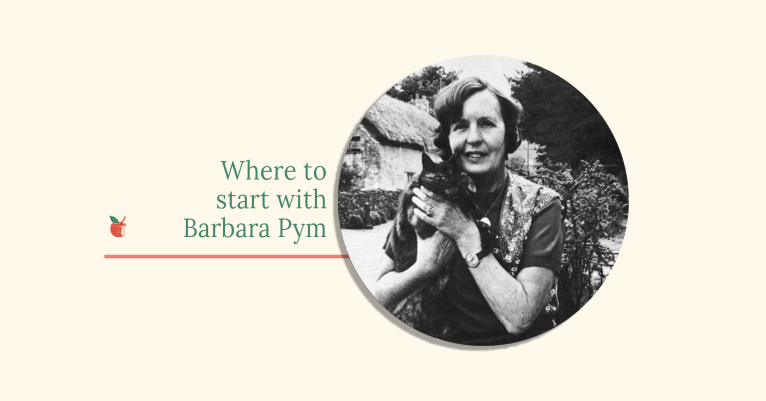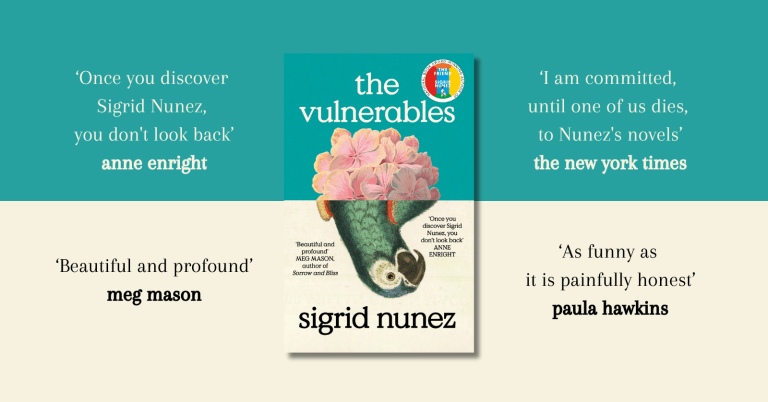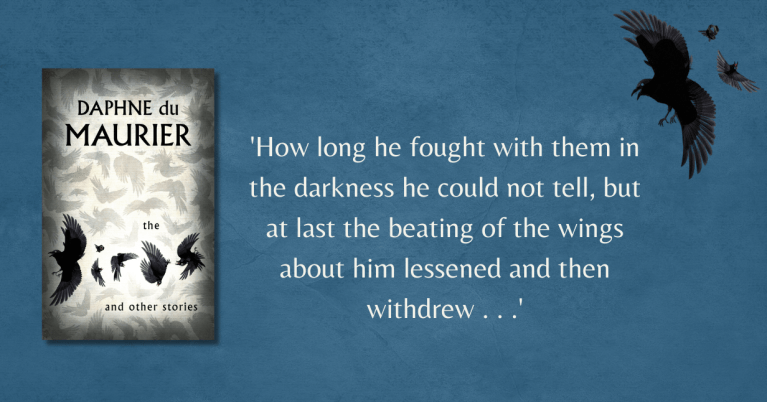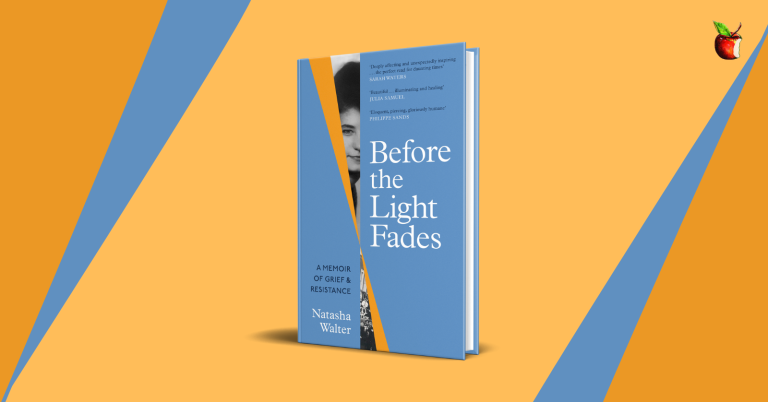Frost In May by Antonia White | #VMC40
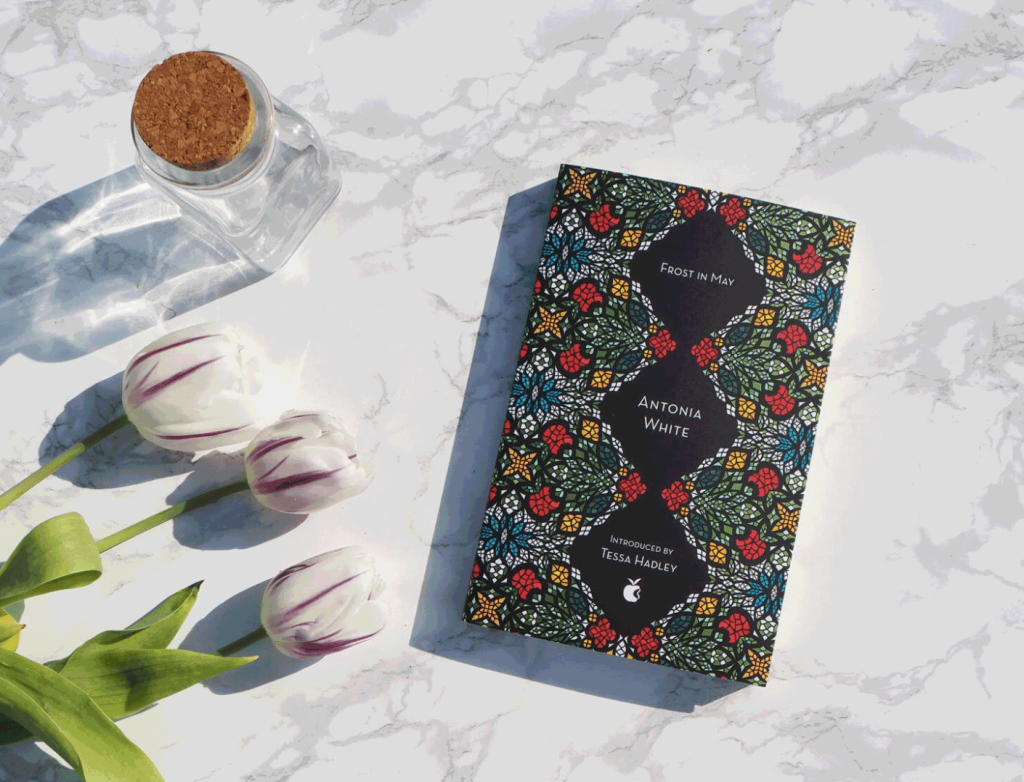
As part of our Virago Modern Classics 40th anniversary celebrations, the Virago team have each chosen a title from the #VMC40 series to champion. Each month, we will introduce the book and share with you why we love it. It is only fitting to begin with Virago founder, Carmen Callil, on the book that inspired the list: Frost in May by Antonia White.
Frost in May
By Antonia White
Frost in May by Antonia White was first published in 1933. It is the book that launched the Virago Modern Classics list forty years ago. Here, Carmen Callil, founder of Virago, tells us why she loves the novel so much and how it inspired her.
The Virago Modern Classics really began in a convent over seventy years ago. It was the sort of Catholic convent that should have been in deepest Ireland, but was, in fact, in one of the more elegant suburbs of Melbourne, Australia. There I was sent when I was eight, and from it I was disgorged at sixteen. The Loreto nuns who educated me were semi-enclosed, which meant no speech from dusk to dawn, Mass every morning at 6.20, a tomato for supper on Sunday nights and much Irish brown bread the rest of the time. Rules, censorship and silence, and above all a sense of disapproval waiting to pounce on those rare times when you felt most entirely yourself. And an obsession with sin. What sort of sin? Answers came there none.
Until 1977, when the writer Michael Holroyd insisted I read Antonia White’s Frost in May. Rosamond Lehmann used to tell me how often her readers wrote to her exclaiming of one of her novels: ‘This is my story.’ Frost in May was mine. I had to republish it.
This novel, about a nine-year-old girl closeted in an English convent, is a classic – funny, wonderfully written, lyrical, its story enthralling from page one. Its heroine is a young Everywoman. Like Huckleberry Finn, or like Pip in Great Expectations, Nanda is up against the world, the rebel with a cause. Antonia White shows us, through a young girl’s eyes, the wonderful stupidity of our frightening and authoritarian world, and how those who cock a snook at those-who-must-be-obeyed may seem to be defeated, but almost never are.
The author herself, Antonia White, inspires me, not because of her writing, but because she was a woman of awesome courage. She spent her life in a cage of mental illness: sometimes truly insane, at other times apparently normal but hounded by fears and anxieties that never left her. The effect of this on her personality and work, and on those she tried to love, was devastating. She lived like this into her eighties, loved by those who understood her struggle to survive. Anyone who gets to read her unedited diary, if that is ever possible, will find the most remarkable record of living with mental illness ever written. Whenever I need to be brave, I think of her.
Carmen Callil, 2018
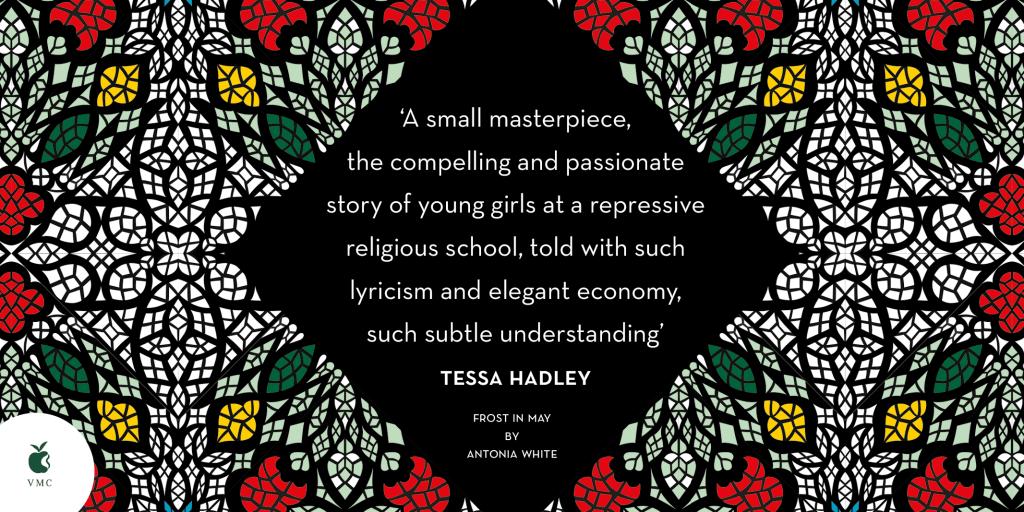
Are you reading Frost in May with the Virago Modern Classics Book Club? Here are some reading group questions to get you thinking and discussing:
- Samantha Ellis, in the Guardian, says of Nanda that she was ‘not just a writer but a fury. Her battle to be herself inspired me to fight to be myself’ What do you think of Nanda?
- How seriously do you think Nanda is about the Catholic faith? Does she truly want to get closer to God, or does she just want to fit in? Is she ever accepted by her school friends?
- When Nanda’s parents visit, her mother admires the flowerbeds in the convent garden, saying, ‘The nuns have lovely flowers here. I suppose they feel they must have some light and colour in their lives.’ What are Nanda’s parents’ feelings about the convent to which they’ve sent their daughter? How do their views differ? Do the nuns have ‘light and colour’ in their lives?
- What acts of rebellion, large or small, take place in the book?
- Mother Radcliffe says to Nanda, ‘I am only acting as God’s instrument in this. I had to break your will before your whole nature was deformed.’ Do the nuns have the pupils’ best interests at heart? Are they striving to save the girls’ souls, or are they just petty and vindictive?
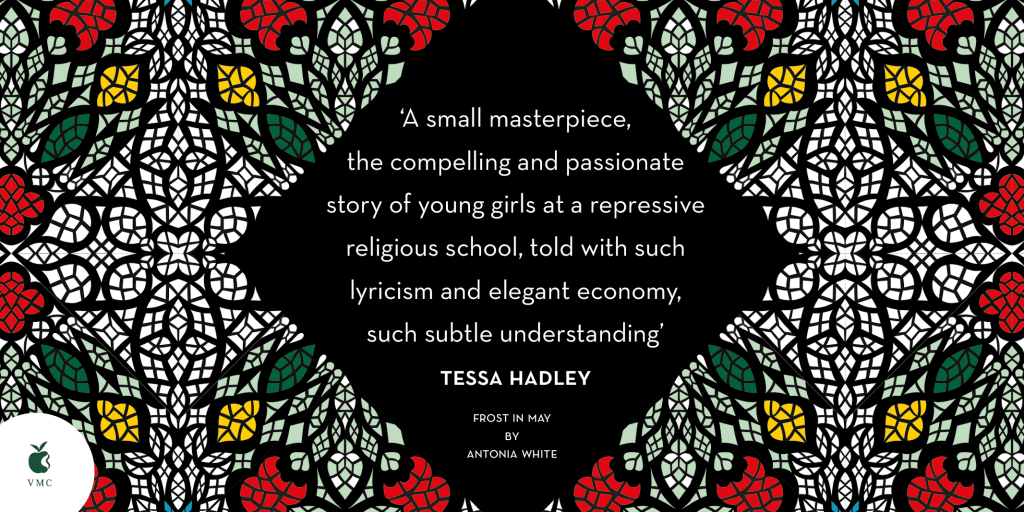
Already read Frost In May? You might like:
- First published in 1933, Frost in May is the first part of an autobiographical quartet, which continues with: The Lost Traveller, The Sugar House and Beyond the Glass
- The Land of Spices by Kate O’Brien
- The Prime of Miss Jean Brodie by Muriel Spark
- The River by Rumer Godden
- The Country Girls by Edna O’Brien
- Memories of a Catholic Girlhood by Mary McCarthy
Join us in June as we explore Heartburn by Nora Ephron. Plus, share your thoughts on Frost in May, or any of the #VMC40 collection, with us on Twitter, Instagram or Facebook.



